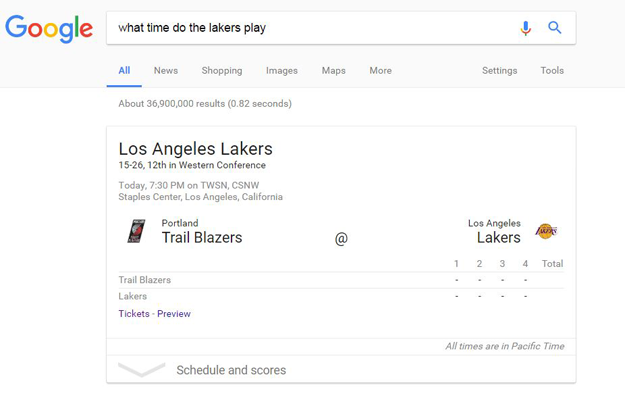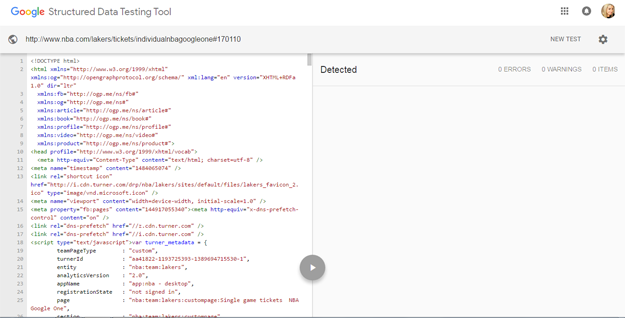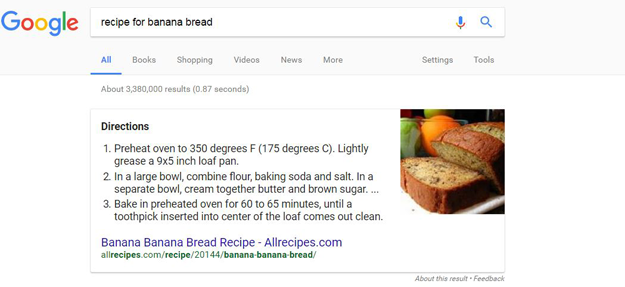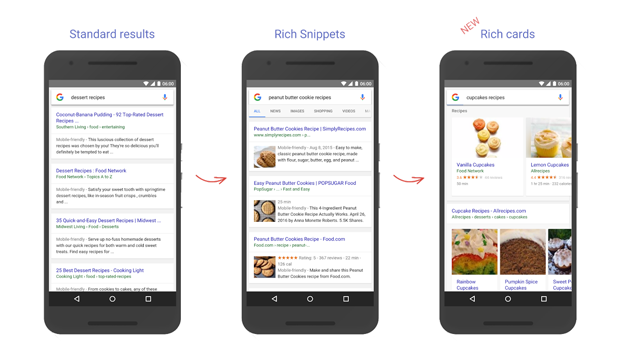Types of Content Google is Taking from You

Google Knowledge Graph has existed for quite a while but if you're an everyday user of the search engines, you've probably noticed an increasing number of complete answers to questions without ever leaving the result pages - and if you're an SEO professional, you've likely wondered how to mark up your pages for this offering, or turn it off if you feel Google is scraping your content with no benefit to your enterprise.
The biggest threat to a company's website traffic is the featured snippet block, which is when, according to Google, a user asks a question in Google Search, and it shows a search result in a special "featured snippet block" at the top of the search results page.
"This featured snippet block includes a summary of the answer, extracted from a Web page, plus a link to the page, the page title and URL," writes Google. A featured snippet might look something like this on the page:

In other words, Google is using your content to make their user experience topnotch, as a person never has to leave the search engine result pages (SERPs) to gather the quick information they sought. If all a person wanted to know was the cost of a hamster, they have no reason to visit the site that developed and hosts the content. For argument's sake, the benefits of featured snippets is that users come in contact with a website they might not have otherwise but to what benefit if they don't click through?
Webmasters will want to take advantage of simple ways to lure searchers off the results pages, like these. Editor's Recommended Reading: 5 Strategies to Take Advantage of Google's Knowledge Graph and Rich Answers
While featured snippets certainly have the potential to keep people off your site if they are satisfied with the answer they received, there are other types of content that Google is "taking" from a site, and to the actual benefit of brands.
Thanks to structured data, companies can include their schedules, for instance, within the SERPs. This is the type of content that businesses should be OK with Google showing in the SERPs since it's voluntarily marked up so that it appears in the search results, people can click through, and purchase tickets or sign up for the event in another way. Schedules in the SERPs (or other forms of schema markup like reviews) can help increase conversions whereas other content types (more on that in a bit) included in the SERPs can decrease traffic and the chance of conversions.

When clicking through to "tickets" within the listing, users are taken to the NBA's "single game ticket" page for the Lakers. To test any page for its structured data (or lack thereof), you can use Google's Structured Data Testing Tool (as seen below).

There are many other types of rich data that can be included in the search result pages that can help with traffic and conversions, but brands have to be aware of the content that is just being taken and what can serve them well. Brands can opt out of featured snippets, for instance, by "preventing snippets on your page using the tag on your page. This will remove all snippets on your page, including those in regular search results."
Instead of opting out, however, companies should consider better ways to present their content like including cliffhangers to answers to simple questions or playing the game even further by taking advantage of "rich cards" that can help click-through rates for movies and recipes (currently the only two categories being offered). Without a rich card, here's how a search for "recipe for banana bread" would appear:

Every step of making banana bread is included in the result pages so a person never needs to click through to the site. With rich cards, on the other hand, sites with recipes can mark up their content for rich previews, rather than have it appear as a featured snippet, where the whole recipe is given away. The more visual nature of rich cards encourages people to click through - they still get the recipe easily but now the site earns the click, time on site, etc.

The traditional optimization for search engines is changing. While content, links and technical SEO will always remain the basic pillars of SEO, now brands have to be savvy about how much content Google is taking and how to ensure they get the clicks for the content they created.








